Understanding the Impact of LED Light Fixtures on Energy Efficiency and Sustainability
The adoption of LED light fixtures has emerged as a pivotal solution in enhancing energy efficiency and promoting sustainability within various industries. According to the U.S. Department of Energy, LED lighting is projected to reduce energy consumption for lighting by nearly 50% by 2035, translating to over $30 billion in energy cost savings annually. Furthermore, the International Energy Agency highlights that transitioning to LEDs could result in a significant decrease in global greenhouse gas emissions, contributing to a more sustainable future. As organizations increasingly prioritize eco-friendly practices, the implementation of LED light fixtures not only meets regulatory demands but also aligns with consumer preferences for sustainable products. This understanding underscores the necessity of evaluating the impact of LED technology on energy consumption patterns, economic benefits, and environmental health, thereby positioning LED light fixtures as a cornerstone in the journey toward energy-efficient solutions.

The Advantages of LED Light Fixtures for Energy Efficiency
LED light fixtures are revolutionizing the way we approach energy efficiency in both residential and commercial settings. One of the most significant advantages of LED technology is its low energy consumption, which can be reduced by up to 75% compared to traditional incandescent bulbs. This drastic reduction in energy use not only lowers electricity bills but also minimizes the overall carbon footprint, thereby contributing to environmental sustainability. In addition, LEDs have a much longer lifespan, often exceeding 25,000 hours, which means less frequent replacements and less waste in landfills.
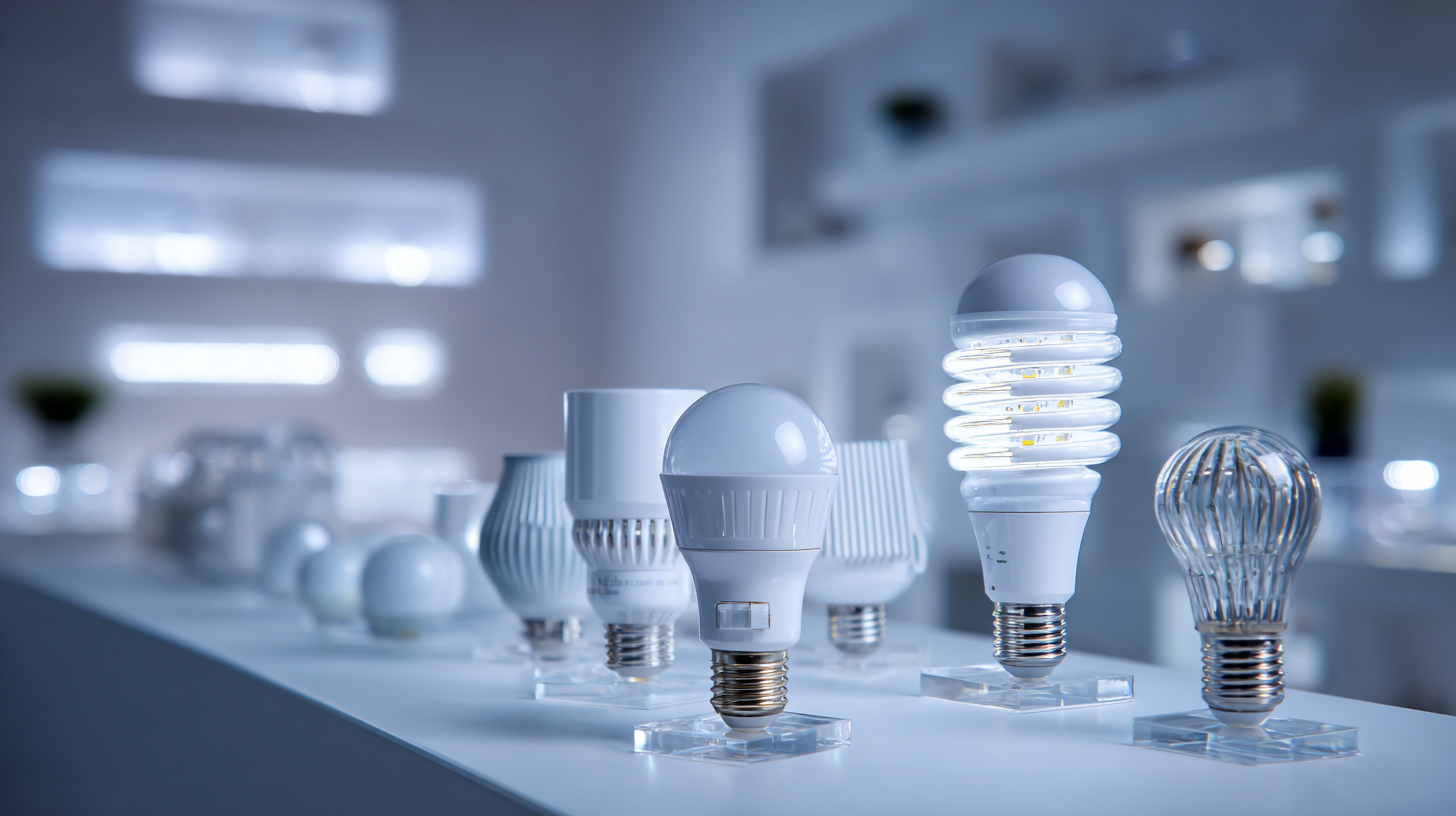
Another key benefit of LED light fixtures is their versatility and adaptability. They come in a wide range of styles and applications, making them suitable for various settings, from homes to offices, streetlights to industrial environments. LEDs also offer superior lighting quality with the ability to adjust color temperature and intensity, creating a more comfortable and inviting atmosphere. Their instant-on capability and reduced heat output further enhance their energy-efficient profile, making LED fixtures a smart choice for those looking to improve sustainability while maintaining performance.
How LED Technology Reduces Carbon Footprint
LED technology plays a crucial role in reducing the carbon footprint associated with traditional lighting methods. Unlike incandescent or fluorescent bulbs, LED fixtures are designed to use significantly less energy while providing the same, if not better, illumination. This efficiency stems from their ability to convert electricity directly into light with minimal heat generation. As a result, buildings utilizing LED lighting can dramatically lower their energy consumption, leading to a reduction in greenhouse gas emissions from power plants.
Moreover, the longevity of LED fixtures further contributes to sustainability efforts. With a lifespan of up to 25,000 hours or more, LEDs require far less frequent replacement than traditional bulbs. This reduces the volume of waste generated over time and minimizes the environmental impact associated with manufacturing, transporting, and disposing of lighting products. Additionally, many LED fixtures are now designed with recyclable materials, enhancing their eco-friendliness. Collectively, these attributes place LED technology at the forefront of initiatives aimed at cultivating a greener, more sustainable future.
Comparative Analysis: LED vs. Traditional Lighting Systems
Recent advancements in lighting technology have propelled LED fixtures to the forefront of energy efficiency and sustainability. According to the U.S. Department of Energy, LEDs consume at least 75% less energy than traditional incandescent lights and last 25 times longer. This significant reduction in energy usage translates not only to cost savings for consumers but also to substantial decreases in greenhouse gas emissions, making them a vital component in the pursuit of a more sustainable future.

When comparing LED lighting systems to traditional options, several factors come to light. Traditional incandescent bulbs have an efficiency of only about 10-17 lumens per watt, whereas LEDs can produce between 80-100 lumens per watt. This remarkable efficiency means that less energy is needed to achieve the same brightness levels, leading to a reduced environmental impact. The Environmental Protection Agency estimates that widespread adoption of LED lighting can potentially save the equivalent of 348 terawatt-hours (TWh) of electricity by 2027, enough to power over 40 million homes for a year. Such statistics emphasize the critical role that LED technology plays in enhancing energy efficiency and promoting sustainable practices in various sectors.
Maximizing Sustainability in Lighting Design
Maximizing sustainability in lighting design involves more than simply choosing energy-efficient products; it requires a comprehensive approach that integrates technology, materials, and user experience. LED light fixtures stand out in this regard due to their increased energy efficiency and longer lifespan, significantly reducing both energy consumption and waste. By selecting LED technology, designers can create environments that not only meet aesthetic and functional needs but also promote ecological responsibility.
Incorporating sustainability into lighting design also means considering factors such as light quality and user comfort. Designers should prioritize the use of warm, adjustable LED lights that enhance the ambiance while remaining energy-efficient. Moreover, implementing smart lighting systems that adjust based on occupancy and natural light availability can further optimize energy use. By embracing these strategies, lighting designers can foster a balance between functionality, aesthetics, and sustainability, paving the way for innovative and environmentally responsible lighting solutions.
Impact of LED Light Fixtures on Energy Efficiency
This chart illustrates the energy consumption in kWh per year of different lighting technologies, highlighting the advantages of LED fixtures.
Tips for Implementing LED Fixtures in Commercial Spaces
When it comes to enhancing energy efficiency in commercial spaces, implementing LED light fixtures is a game changer. According to the U.S. Department of Energy, transitioning to LED lighting can reduce energy consumption by up to 75% compared to traditional incandescent bulbs. Furthermore, LEDs have a significantly longer lifespan, averaging around 25,000 hours, which translates to reduced maintenance costs and lower waste over time.
To effectively implement LED fixtures, businesses should conduct a thorough energy audit to identify areas where lighting upgrades are needed most. Additionally, leveraging smart lighting controls can further optimize energy savings. Incorporating sensors that adjust brightness based on occupancy and natural light levels can create a responsive lighting environment, ensuring that energy is only used when necessary.
A report by the International Energy Agency indicates that such integrations can amplify savings by an additional 30%. By making informed choices and utilizing these advanced lighting solutions, commercial spaces can achieve not only cost reductions but also contribute positively to sustainability goals.
Related Posts
-

Illuminate Your Space with Innovative Led Light Fixtures for Every Need
-
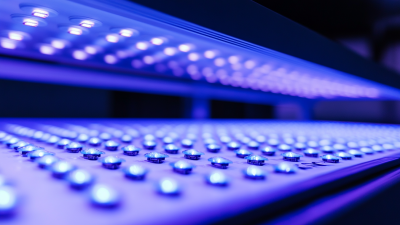
7 Essential Factors to Consider When Choosing Led Light Fixtures for Your Business
-
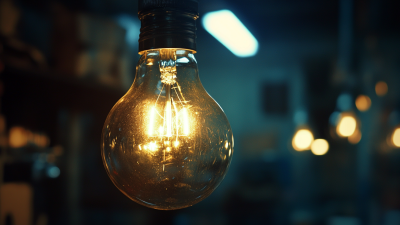
Advantageous Features of Embracing Led Bulbs for Sustainable Lighting Solutions
-
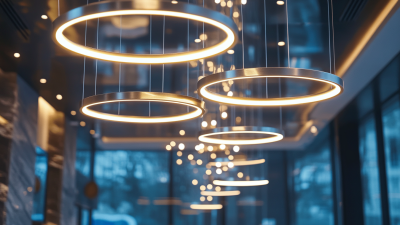
Elevate Your Space with Quality Ceiling Lights: Chinese Manufacturing for Global Markets
-
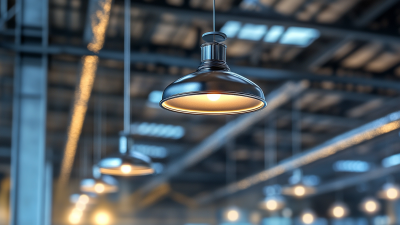
Understanding Industry Production Standards for the Best Ceiling Lights and Their Impact on Quality
-
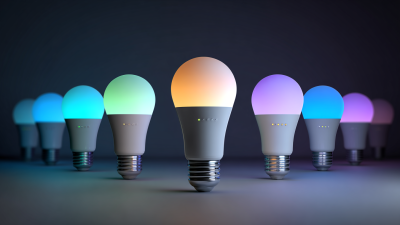
Exploring LED Bulbs: Unveiling 2023’s Energy-Efficiency Potential with 80% Reduced Consumption

